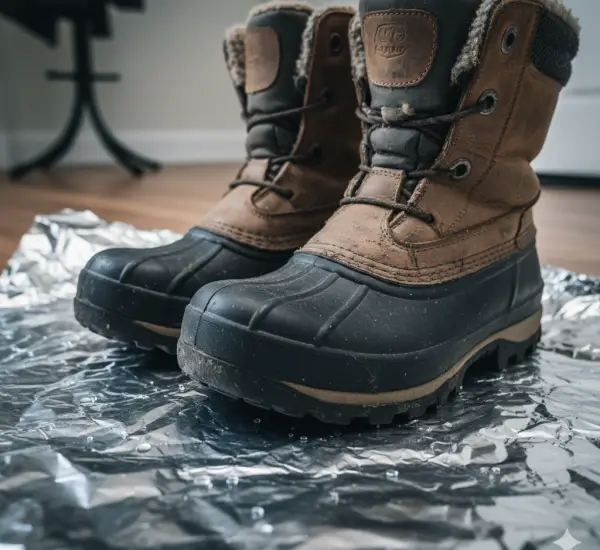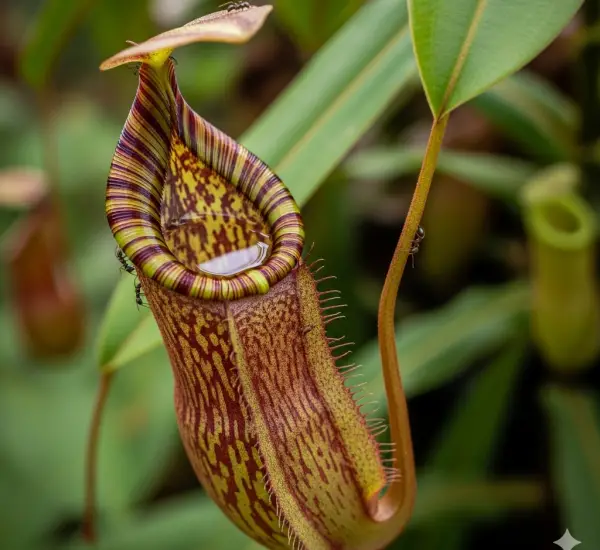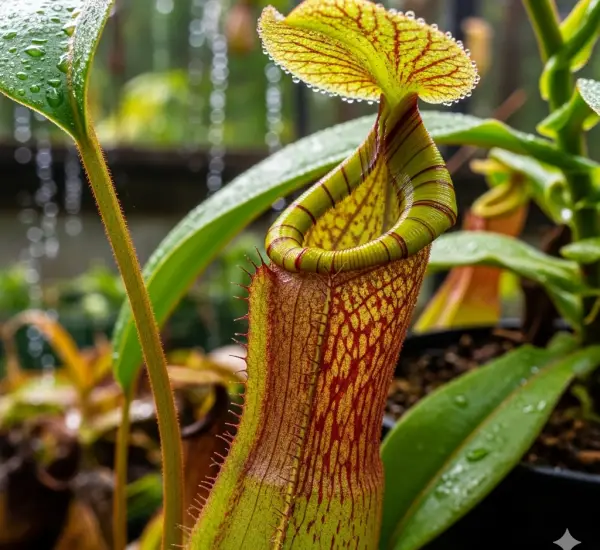Ginger (Zingiber officinale) is a tropical plant grown for its flavorful and aromatic rhizomes, which are used in cooking, herbal remedies, and teas. While ginger is native to Asia, it can be successfully cultivated in many climates with the right care. Understanding the plant’s soil, sunlight, and water requirements is key to growing healthy ginger, whether you’re planting in containers or in the ground.
Choosing the Right Soil for Ginger
Healthy soil is the foundation for growing strong ginger plants. Ginger thrives in loose, rich, and well-draining soil that stays slightly moist but never soggy. Here’s what to consider:
Soil Texture
Ginger rhizomes grow horizontally beneath the soil, so it’s essential to provide a loose structure that allows expansion. Sandy loam or loamy soil works best. Avoid compacted or clay-heavy soil, which can retain too much moisture and lead to rot.
Nutrient Content
Ginger is a heavy feeder and appreciates nutrient-rich soil. Before planting, amend the soil with plenty of organic matter such as compost, well-rotted manure, or worm castings. These not only feed the plant but also improve drainage and soil structure.
Soil pH
Ginger prefers a slightly acidic to neutral soil pH between 5.5 and 6.5. If you’re unsure about your soil’s pH, you can test it using a home soil test kit. Adding organic matter usually helps balance the pH naturally.
Drainage Tips
To improve drainage, especially in raised beds or pots, you can mix in perlite, coarse sand, or coconut coir. Elevating garden beds or choosing containers with drainage holes also helps prevent water from accumulating around the rhizomes.
Sunlight Requirements for Ginger
Ginger is a shade-loving plant in its native habitat but still needs adequate light for optimal growth. It thrives best in areas that receive filtered or indirect sunlight.
Partial Shade is Ideal
Ginger does best in dappled light or partial shade. A location that receives morning sun and afternoon shade works well. Too much direct sunlight, especially in hot climates, can cause the leaves to scorch or dry out.
Indoor Growing
If you’re growing ginger indoors or in a greenhouse, place it near a bright window where it gets plenty of indirect light. Supplemental grow lights can help mimic ideal lighting conditions during shorter winter days.
Outdoor Considerations
In warmer regions, ginger can be grown outdoors year-round. Choose a spot sheltered from harsh winds and strong midday sun. Under the canopy of taller plants or trees is often ideal, as it mimics the plant’s natural forest habitat.
Watering Ginger Correctly
Water management is one of the most important aspects of ginger care. This plant loves moisture but is highly susceptible to overwatering and root rot.
Keep Soil Consistently Moist
Ginger prefers consistently moist soil, especially during its growing season. However, the soil should never become soggy. A general rule is to water when the top inch of soil feels dry to the touch.
Adjust Watering Based on Growth Stage
-
During early sprouting (after planting rhizomes), keep the soil lightly moist.
-
Once leafy shoots develop, increase watering to support active growth.
-
As the plant matures and nears harvest (8–10 months after planting), reduce watering gradually to help the rhizomes firm up.
Water Quality and Method
Use room temperature water to avoid shocking the plant. Water at the base to avoid wetting the leaves, which can invite fungal issues. In container-grown ginger, make sure excess water drains freely and never sits at the bottom.
Mulching Helps
Applying organic mulch like straw, coconut husks, or shredded leaves helps retain moisture, regulate soil temperature, and suppress weeds. Mulching is especially useful in dry climates or during hot summers.
Additional Ginger Growing Tips
-
Temperature: Ginger prefers warm temperatures between 75°F to 85°F (24°C to 29°C). It should be protected from temperatures below 50°F (10°C), as cold can stunt or kill the plant.
-
Fertilization: Feed ginger monthly with a balanced organic fertilizer or liquid seaweed to promote steady growth. Avoid high-nitrogen fertilizers, which may encourage leaf growth at the expense of rhizomes.
-
Harvesting: Ginger can be harvested partially after 4–6 months for young rhizomes or fully at 8–10 months when the leaves start to yellow and die back.
Conclusion
Growing ginger successfully at home begins with understanding its basic needs. Provide loose, nutrient-rich soil with good drainage, filtered sunlight, and consistent moisture, and your ginger plant will reward you with fresh, flavorful rhizomes. Whether in containers on a balcony or in a shaded garden bed, ginger can be a low-maintenance and rewarding addition to your edible garden.



